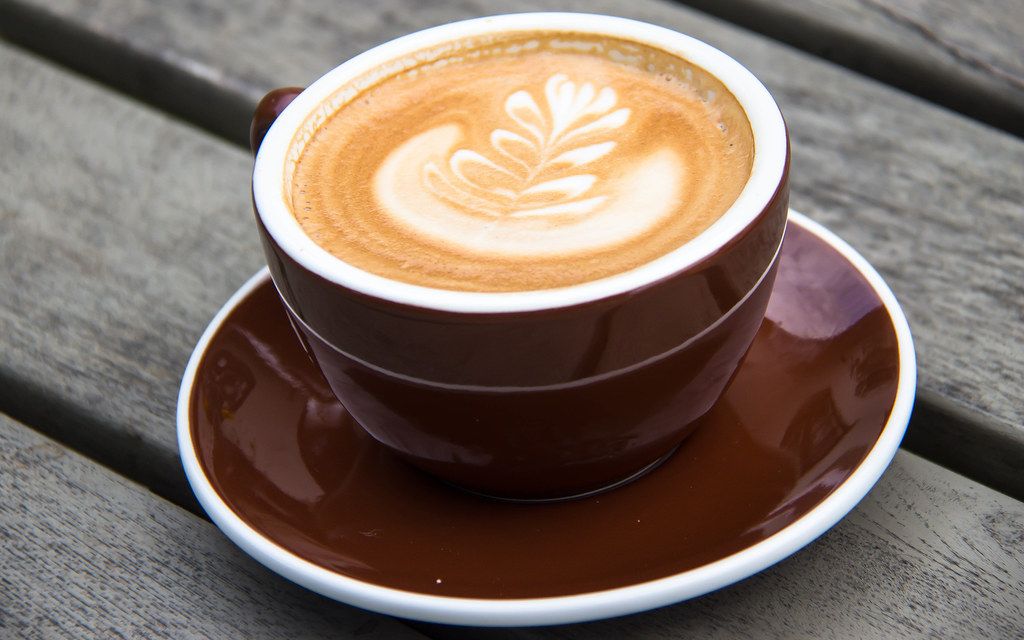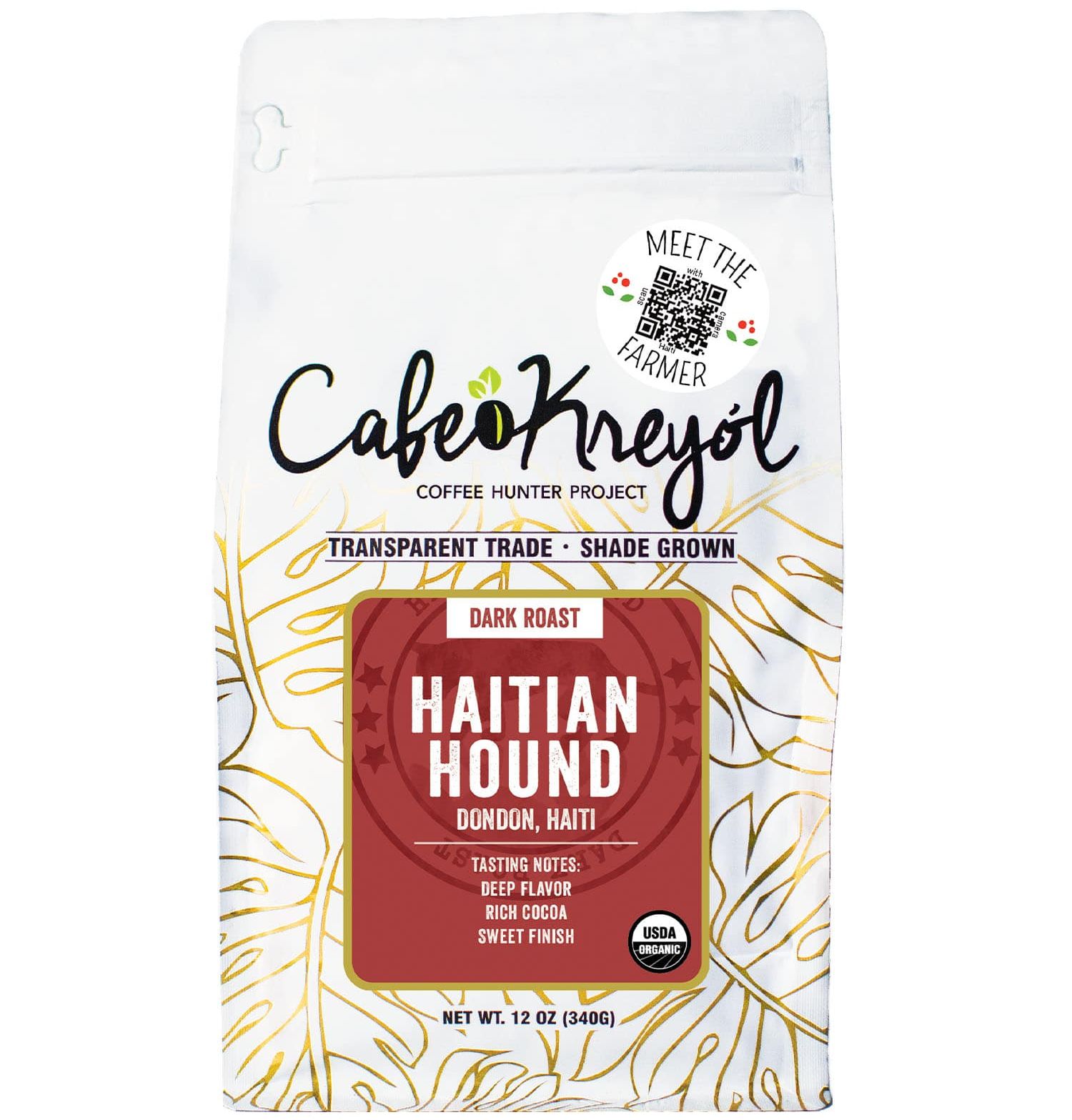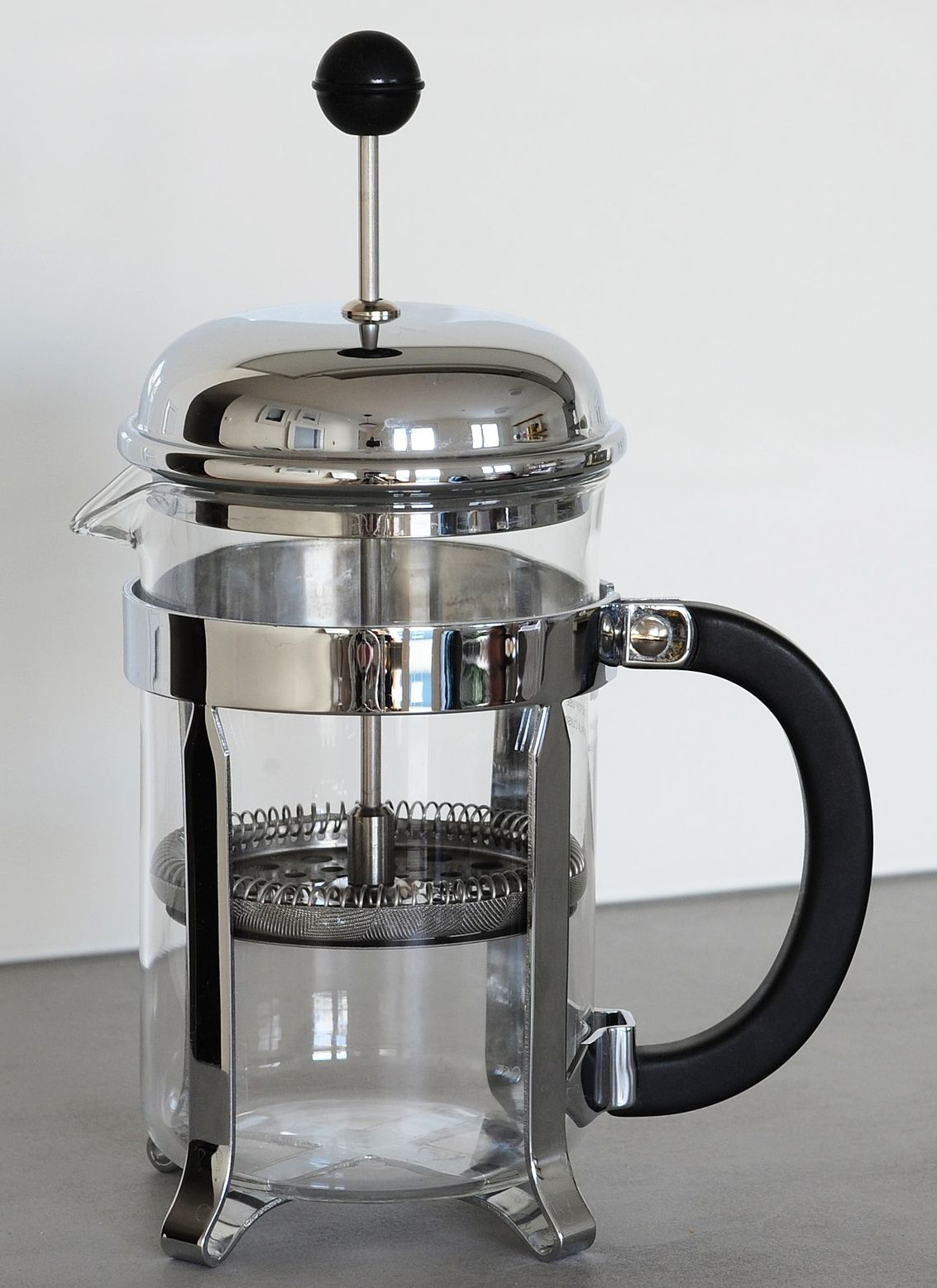I Can Now Make Coffee Better Than Any Café
Here's all you need to know to make a great cup of coffee at home.

I am not a "coffee snob". If all you have is instant with powdered creamer, I'll drink it (after further hiding it with an abundance of sugar.) But oh, how I love a really good, strong cup of excellent coffee first thing in the morning! Makes it worth getting up, all by itself.
Like high-end audio, however, the high-end coffee market is filled with false promises, unnecessary information and too-expensive equipment. True, making a really great cup of coffee will require a moderate upfront investment. But averaged out over all the thousands of cups you'll be able to make at home, the price per serving will be almost trivial.
Forget the gimmicks. Here's what you need to make coffee better than anything you can buy in a café.
Buy Whole Bean Coffee
You cannot possibly make good coffee that has been ground and left in a bag or a tin, or in a "pod", or stirred in an instant. I will say that I have experienced exactly one exception to this: the Nespresso espresso capsules; that machine makes a very respectable espresso. But while an espresso is nice for an after-dinner treat, for daily use, I much prefer a nice, big mug. For that, you need to buy whole bean and make a pot.
It took me a long time to find a coffee roaster that I like. I prefer a roaster with a lot of interesting, opinionated offerings. I've found the high-end coffee world is divided roughly into two camps: those who prefer subtle roasts that mainly deliver through smell, and those who prefer robust roasts that mainly deliver through taste. I like both, actually.
My preferred roaster is Cafe Kreyol of Manassas, Virginia. Never had a bad cup from those guys, and I've tried nearly everything they sell. They excel at both kinds of roasts, subtle and robust. They don't have a storefront, you can either buy them from a local cafe (my fav is Gathering Grounds next to George Mason University) or from their online store.
I buy equal supplies of their Light and Dark roasts. Sometimes I alternate brews, but most of the time I mix them, 50/50. Because I like subtle and robust!


Use A Conical Burr Grinder
You will need a conical burr grinder. I own a completely middle-of-the-road Capresso Burr Grinder that will set you back about $100. This is the most expensive piece of equipment you will need, but it will deliver years and years of completely consistent grinds, every day. Pennies per cup. You don't need fancy controls, you just need to control two variables: how long to grind, and how fine to grind.

The weakest part of this machine so far has been the shiny plastic knob on the grind timer. The stem on the knob cracked, and I had to cobble together a replacement from an old, unused stereo I had in the basement.
For my purposes, I grind just past the first "Fine" setting. Technically, when brewing for a French Press (my preferred method of brewing), you should grind on the coarsest setting. I disagree. At least with the beans I am using, a Coarse grind produces a pretty mediocre body. I want my coffee to have some punch! A finer grind allows more of the "ah, now that's a cup of coffee!" to come through.
The strength of the brew is controlled by the length of time on the grinder: more time, more coffee. I am not at all precise about this, because you can also adjust the strength of a brew by how much water you use. You'll need to find the right combination for your brew size and taste. I tend to grind to the exact same mark, every time, then adjust using the amount of water. If I want a really strong cup, I'll use a bit less water; if I have guests over who just like "normal coffee", I'll use more.
Brew With A French Press
If you want a cup with punch, nothing beats the French Press. This brewing method leaves a lot of coffee particulate in the cup, which I happen to prefer. When things get a bit separated towards the bottom of the cup, I just give it a whirl to mix it up again.

The Internet is full of instructions on how precise you need to be with the timing, how hot the water needs to be, how to let the coffee "rest" by pouring in just a bit and then waiting before pouring in the rest.
That's all hooey, at least for the kind of "hello world" coffee we're making. Put the grinds in the carafe, pour hot water over it, put the top on it for a few minutes, then press the plunger and pour. This is a very simple machine, it is very forgiving. For a weak brew, fill to the top of the band. For strong, to the bottom. For very strong, a bit below it.
One thing I will say is don't let the coffee brew too long – a few minutes. That great coffee aroma doesn't stick around very long after brewing.
Use Real Cream
If you like cream in your coffee, the taste can be improved dramatically by using higher fat content cream. Light Cream, roughly 20% fat, I think is best. Half-and-Half is only 12%, which I think too low. If your grocery doesn't stock Light Cream, a 50/50 blend of Heavy and Half-and-Half will do the trick.
I have tried some of the alternatives such as almond "milk" and creamers. All of them are just way too overpowering, in my opinion. Fine if all you have is instant, but ruinous when used with the good stuff.
Clean Up With Water And A Paper Towel
Clean up is remarkably easy:
- Lay out a half-sheet of paper towel in the sink
- Swirl a bit of tap water into the grounds until they become suspended
- Pour the grounds out onto the paper towel, fold it into a packet, then press to drain the water.
- Spray the inside of the carafe and the plunger screen, and you're done.
Personally, I don't wash the Press with soap but once a week. The rinse does the job just fine. Coffee doesn't spoil like other foods (too acidic).
Wrapping It All Up
So, there you have it: Buy whole bean; use a conical burr grinder; brew in a French Press; use real cream.
Now stop reading and go make yourself a great cup of coffee!
Comments
Sign in or become a Dave Essentials member to join the conversation.
Just enter your email below to get a log in link.